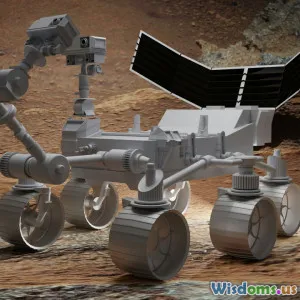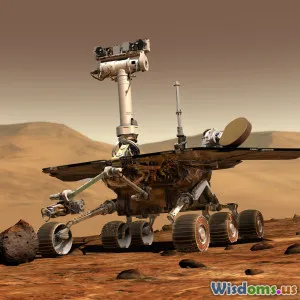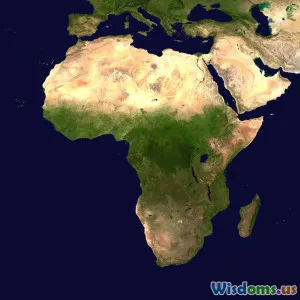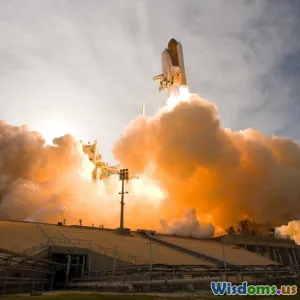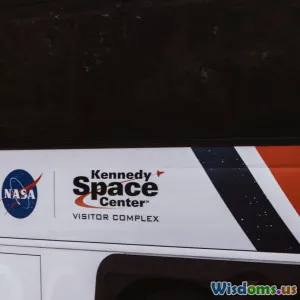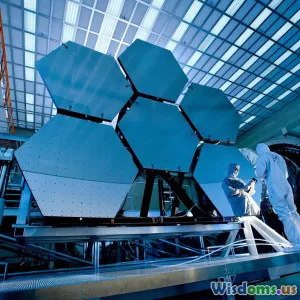
Most Difficult Decisions Behind the James Webb Space Telescope
13 min read Explore the toughest decisions NASA faced during the development and deployment of the James Webb Space Telescope. (0 Reviews)
The Most Difficult Decisions Behind the James Webb Space Telescope
In the realm of space exploration, few projects have captured the world's imagination quite like the James Webb Space Telescope (JWST). Heralded as the successor to the Hubble Space Telescope, JWST was envisioned as an engineering and scientific marvel, designed to peer into the earliest epochs of the universe. Yet, long before its historic launch in December 2021, the journey of JWST was defined by a series of exceptionally challenging decisions. From intricate technical trade-offs and fiscal dilemmas to diplomatic negotiations and ground-breaking innovations, the story of JWST is one of humanity's most ambitious attempts to overcome the seemingly insurmountable.
Navigating the Boundaries of Technology
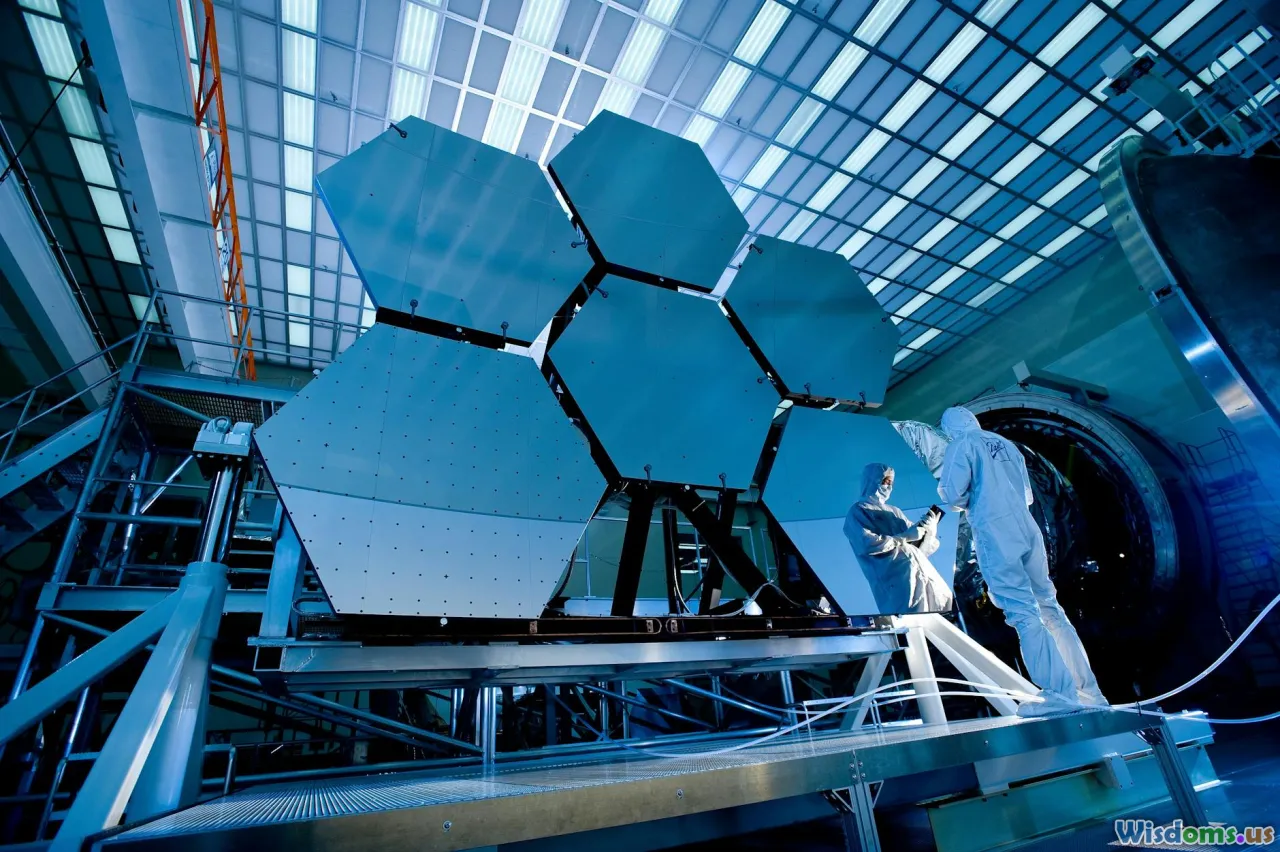
The earliest decisions on JWST focused on the fundamental limits of contemporary engineering. In the 1990s, as scientists conceptualized the telescope, it was clear that the mission would require venturing beyond the boundaries of existing technology.
Giant Mirrors and the Need to Fold
A core challenge was designing JWST’s primary mirror. To capture faint infrared signals from the edge of the universe, the telescope would need a much larger collecting area than Hubble's 2.4-meter mirror. Yet, the available launch vehicles were restricted in how much they could carry.
The solution—a segmented, gold-coated beryllium mirror spanning 6.5 meters—was unprecedented. But constructing a mirror of this size meant that it could not fit within any rocket fairing in a single piece. Thus, it had to be engineered as 18 hexagonal segments that folded origami-style for launch and then unfolded in space. This introduced monumental complexity:
- Risk of Deployment Failure: The mirror’s unfolding process involved over 300 single-point failures, any of which could derail the mission.
- Precision Engineering: Each segment needed actuators capable of nanometer adjustments to achieve the correct focus.
- Material Selection: Beryllium was chosen for its strength-to-weight ratio and stability in cryogenic conditions, but it challenged fabricators due to its toxicity and machining difficulty.
As Thomas Zurbuchen, former NASA Associate Administrator for Science, said in 2021: “No one had ever built a mirror like this before and trusted it to self-assemble a million miles from Earth.”
Shielding Against the Sun’s Inferno
JWST’s sensitivity required shielding its delicate infrared instruments from both the Sun and Earth’s radiant heat. The decision: a massive sunshield the size of a tennis court, consisting of five thin membranes of Kapton. Each layer had to be carefully tensioned, spaced, and unfolded in the correct sequence.
The sunshield choice led to years of intense simulation, accounting for orbital dynamics, micro-meteorite strikes, and thermal cycling, representing an audacious engineering risk unlike anything ever flown.
Budget Battles and Project Management Perils

Few aspects of JWST’s journey received as much scrutiny as its escalating budget. Initial estimates in 1997 placed the total cost at $500 million, with a planned launch by 2007. As of deployment, costs had soared to over $10 billion, making JWST the most expensive space science project to date.
Managing Escalation: A Persistent Dilemma
Multiple small overruns highlighted the cascading effects of technical decisions:
- Late-Stage Redesigns: Upon realizing that the mission’s scientific goals required enhanced capabilities, the project revisited instrument designs mid-construction, inflating budget and timelines.
- Supply Chain Disruptions: Specialized components, such as the beryllium segments (manufactured by only a handful of vendors), suffered delays, further compounding costs. When NASA’s contractors experienced complications, managers faced tough choices—like whether to continue with struggling partners or seek new solutions at the expense of added risk.
The Political Will to Proceed
As the costs mounted, congressional hearings regularly targeted JWST, with some calling for cancellation. Proponents had to craft compelling arguments about long-term value. A pivotal moment occurred in 2011, when the U.S. House of Representatives proposed ending funding; the astronomical community and international partners, such as the European Space Agency (ESA) and Canadian Space Agency (CSA), mobilized extensive advocacy campaigns. Ultimately, NASA restructured management—firing contractors, introducing stricter oversight, and lacing future funding with performance clauses—but stayed the course.
Choosing the Science: What Should JWST Prioritize?
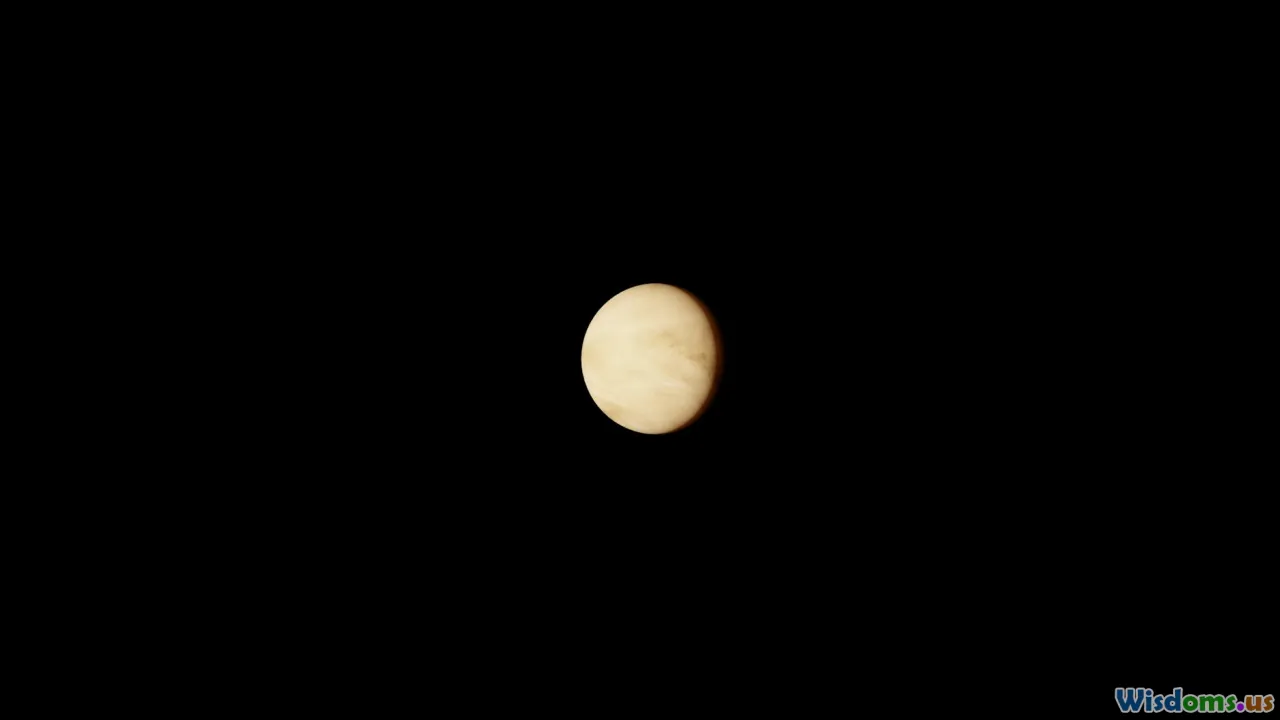
Deciding on JWST’s scientific priorities involved balancing dreams with reality. The scope of its instruments and wavelength coverage would shape discoveries for decades.
Infrared Emphasis Over Ultraviolet and Visible Astronomy
Working in the infrared spectrum offered JWST the capability to look deeper into redshifted, primordial galaxies. This also enabled investigations of elusive objects like brown dwarfs and protoplanetary disks. However, this came at the expense of cutting edge capabilities in ultraviolet and visible wavelengths where Hubble excelled.
The infrared focus, combined with active cooling technology, meant the telescope had to operate at extremely low temperatures (around 40 K). Design trade-offs meant forgoing some instrument types, particularly those better suited for visible-light astronomy. Consequently, some astronomers lamented the loss of wide-spectrum coverage while recognizing the potential to unlock new, previously hidden cosmic epochs.
The Four Pillars: Instrument Payload Selections
Another difficult choice was the baseline instrument package. Eventually, JWST carried four crucial instruments:
- NIRCam (Near Infrared Camera): The primary imager, capable of peering through interstellar clouds and identifying the universe's first galaxies.
- NIRSpec (Near Infrared Spectrograph): Developed by ESA, it enables astronomers to disperse light from 100 objects simultaneously, revolutionizing cosmic spectroscopy.
- MIRI (Mid-Infrared Instrument): Exquisitely sensitive to dust-shrouded star formation, and developed collaboratively by NASA and ESA.
- FGS/NIRISS (Fine Guidance Sensor/Near-Infrared Imager and Slitless Spectrograph): Provided by CSA, critical for maintaining JWST’s razor-sharp gaze and supporting exoplanet research.
Scientists made hard calls in balancing instrument mass, power, and data bandwidth. For example, a planned tunable filter for imaging was dropped to reduce risk.
Orbit and Deployment: One Shot at Success
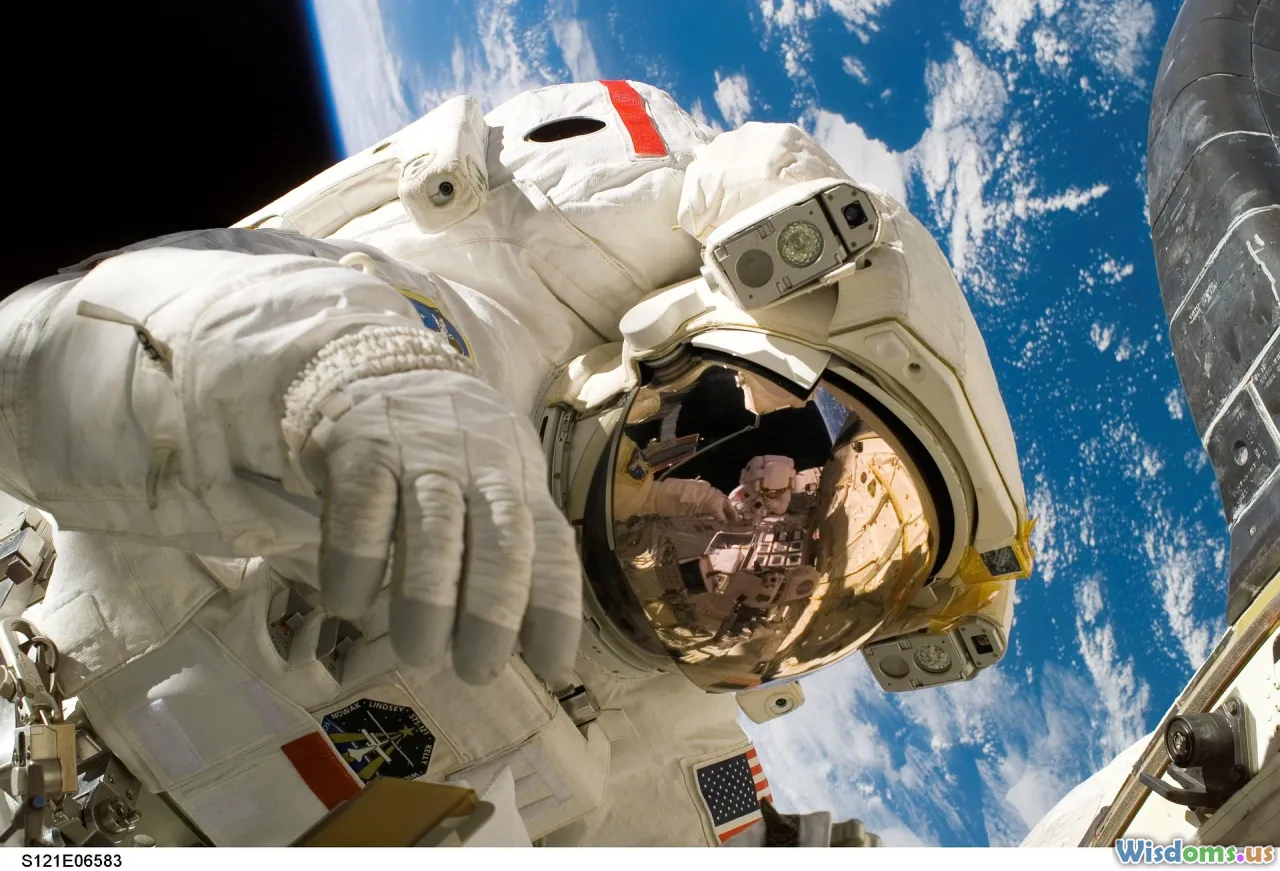
The decision where to place JWST was as monumental as its design. Unlike the Hubble, which resides in low Earth orbit and was serviced several times over its lifetime, JWST would orbit around the second Sun–Earth Lagrange Point (L2), roughly 1.5 million kilometers from Earth.
The Mandate for Remote Operation
Locating JWST at L2 offered several advantages:
- Thermal Stability: A constant orientation away from the Sun ensures optimal cooling for infrared observations.
- Wide Field of View: Freed from the Earth's shadow, JWST can continuously observe a large swath of the sky.
However, this choice carried grave responsibilities:
- No Human Access: There would be no rescue missions or repairs if a deployment failed. Every hinge, motor, and actuator had to work perfectly—once. NASA engineers spent decades developing fail-safe mechanisms, triple redundancy, and exhaustive ground testing to offset the lack of on-orbit servicing.
Staggered, High-Stakes Deployment
The launch vehicle chosen—the European Ariane 5—was a testament to international partnership and reliability. Still, during those post-launch two weeks, more than 50 major deployments and 178 release mechanisms had to execute flawlessly, unfolding the telescope step by meticulous step. The world held its breath; each phase tested the legacy of thousands who sweated these one-way choices.
International Collaboration and Complex Diplomacy

The JWST project binds NASA with ESA and CSA in decades-long partnership, requiring nuanced diplomatic negotiation:
Shared Risks and Shared Rewards
ESA provided the Ariane 5 launch, NIRSpec, and 50% of MIRI, while CSA contributed the FGS/NIRISS. In exchange, member researchers were secured guaranteed time on JWST, cementing scientific cooperation.
But collaborating at the edge of technological capability also led to logistical headaches. Standardizing requirements, harmonizing quality assurance, and aligning schedules stretched international project offices.
When the COVID-19 pandemic struck, these relationships once again proved vital: remote, multi-national teams adapted to keep JWST’s assembly on track—underscoring the project’s reliance on seamless global effort.
Lessons and Legacy: Would They Choose Differently?

Looking back, those involved in JWST’s creation often debate if they would make the same calls with today’s hindsight. The painful lessons shaped the future of space projects worldwide.
Lessons for Future Flagships
- Risk Management: JWST’s single-point-of-failure deployment choices drove NASA to require better testability for all post-JWST flagships, including the planned Nancy Grace Roman Space Telescope.
- Budget Realism: The underestimated timelines and costs spurred reforms in funding estimates, contract structures, and transparent communication for all stakeholders.
- New Engineering Standards: The legacy of foldable mirrors, advanced sunshields, and cryogenic instrument integration will inform missions for decades, from exoplanet hunters to the next generation of space observatories.
Science Unlocked
Within the first year, JWST delivered discoveries ranging from the earliest galaxies to water-rich exoplanets. The harrowing decisions—balancing ambition with pragmatism—earned humanity a window deeper and clearer than ever before.
In the end, the James Webb Space Telescope stands as a monument not only to what we can know, but also to how wisely (and bravely) we must choose along the way to learn it. For astronomers, engineers, and dreamers alike, the difficult decisions behind JWST are as inspiring as the mysteries it is designed to unravel.
Rate the Post
User Reviews
Popular Posts










